Is the drip bucket a regular companion during the rainy season?
Keeping your roof in good shape is better than having to always stay on top of weather forecasts. But even one small drip is a reflection of a problem that can sabotage your roofing investments.
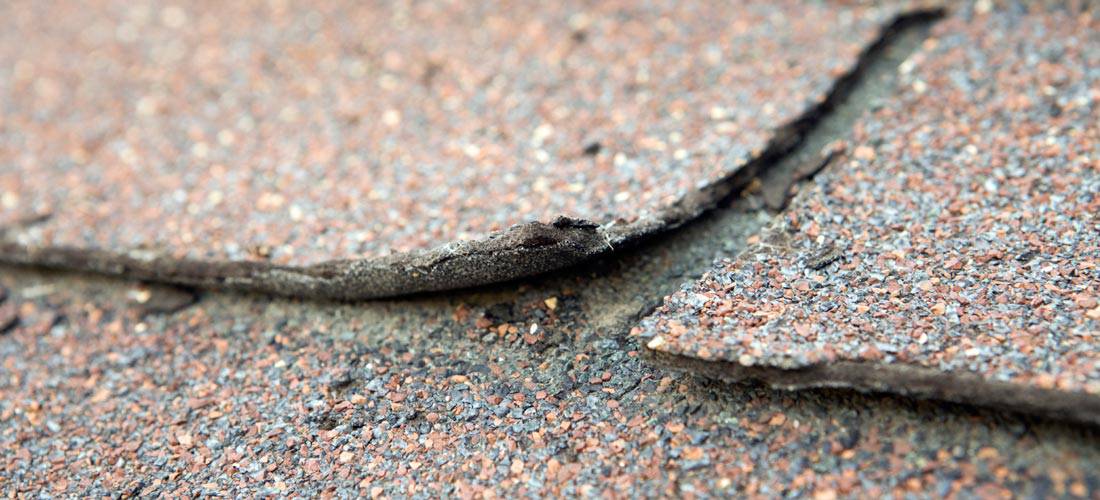
Don't let your hard-earned money go down the drain. Here is a compilation of the 9 most common causes of roof leaks and tips to fix them.
1. Cracked Flashings
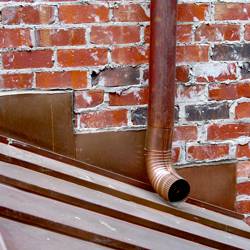 Flashings are thin pieces of metal that act as a water-resistant barrier. These are installed on the joints of the roof and under the shingles. They should have a rubberized coating overtop in order to keep the water out. Exposed and broken flashings look like long runs of sheet metal and feature larger cracks.
Flashings are thin pieces of metal that act as a water-resistant barrier. These are installed on the joints of the roof and under the shingles. They should have a rubberized coating overtop in order to keep the water out. Exposed and broken flashings look like long runs of sheet metal and feature larger cracks.
Cracked flashings are a result of either the corrosion of its tar sealant or lengthy exposure to elements like wind and rain. To fix it, remove the cracked segment by prying up the nails that secure it and lifting any shingles out of the way. Nail in a new run of flashing and apply sealant to the nail heads.
2. Broken Shingles
Shingles are the roof’s outer layer. If there are different-colored patches on your roof, you’ll probably find some of it littering your yard after a heavy storm. To fix it, remove the nails that connect the broken shingles to the one below it. Replace with a new one, and secure it with four new nails.
3. Improperly Installed Skylights
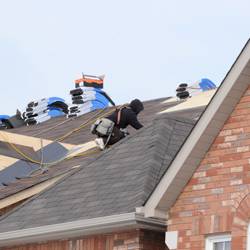 If you’re always finding wet spots around the sides of your skylights during rainy days, you’ve found the source of your roof leaks. Your skylights might me improperly fitted or there is already decayed insulation along its edges. Fix it by sealing any cracks along its length using a layer of clear silicone.
If you’re always finding wet spots around the sides of your skylights during rainy days, you’ve found the source of your roof leaks. Your skylights might me improperly fitted or there is already decayed insulation along its edges. Fix it by sealing any cracks along its length using a layer of clear silicone.
4. Improperly Sealed Valleys
Roof valleys are the areas where two planes of roof come together. Improperly sealed valleys can cause roof leaks. Fix it by laying a new leak barrier along the valley and shingling overtop. You might need a professional roofer do this job instead.
5. Cracked Vent Booting
Roof vents are similar to small pipes sticking out of the top of your roof. Its task is to ensure excess moisture won’t find its way inside your house. If this is the culprit for your roof leaks, you’ll easily find corresponding dark spots and mustiness around it.
This usually happens when the rubber boot that sealed it in place breaks or when the roof around the area decays. Fix it by breaking the seal and removing the rubber boot around the vent. Nail in a new boot on both sides and then caulk under the shingles.
6. Ice Dam Buildup
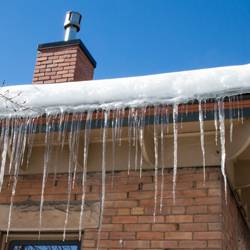 An ice dam is a ridge of ice that builds up at the roof’s edge. It prevents water (from melting snow) from draining off. Left on your roof, its mere weight can cause damage on the roof or even just the water sitting on the surface of the roof.
An ice dam is a ridge of ice that builds up at the roof’s edge. It prevents water (from melting snow) from draining off. Left on your roof, its mere weight can cause damage on the roof or even just the water sitting on the surface of the roof.
If your attic’s temperature is above freezing, it causes snowfall to melt. The water will then flow to the exterior edge of the roof where it would re-melt there again. Prevent this from happening by regularly removing snow from the roof edge using a roof rake.
7. Clogged Gutters
When leaves are already sticking out of the gutter or if there is minimal water trickling from your downspout during a heavy rainstorm, your gutters are already clogged. The best way to deal with this is clean your gutters on a regular basis, especially in the spring and fall.
8. Cracked Chimney
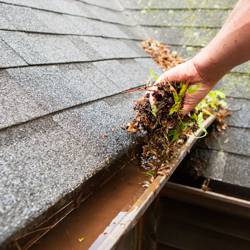 If there are holes in the mortared joints where the chimney connects with the roof or if there are signs of wear and tear along the mud cap, roof leaks can also happen. The solution is to replace the missing mortar which is usually best done by a professional.
If there are holes in the mortared joints where the chimney connects with the roof or if there are signs of wear and tear along the mud cap, roof leaks can also happen. The solution is to replace the missing mortar which is usually best done by a professional.
9. Condensation In The Attic
Mildew or mold growth does not only create a strong, musty odor that is unpleasant to smell but it also proves that water has already gotten inside the attic. The constant changing of seasons and extreme temperatures are to blame for condensation and the moisture that follows after it.
Fix it by treating any mildew or mold growth. Always make sure that roof vents are clear. Installing a large ventilation fan can also prevent condensation and moisture buildup.













Write a Comment